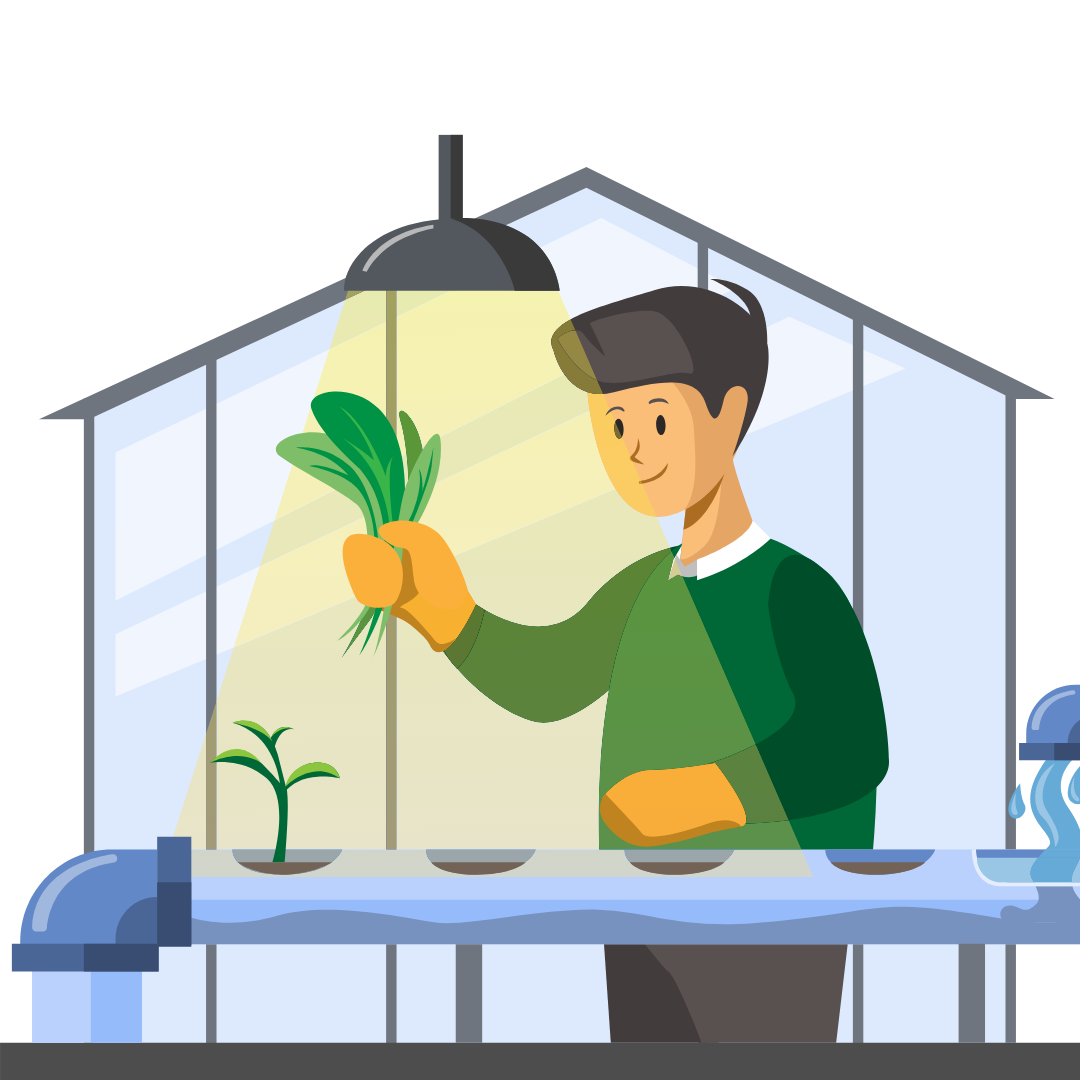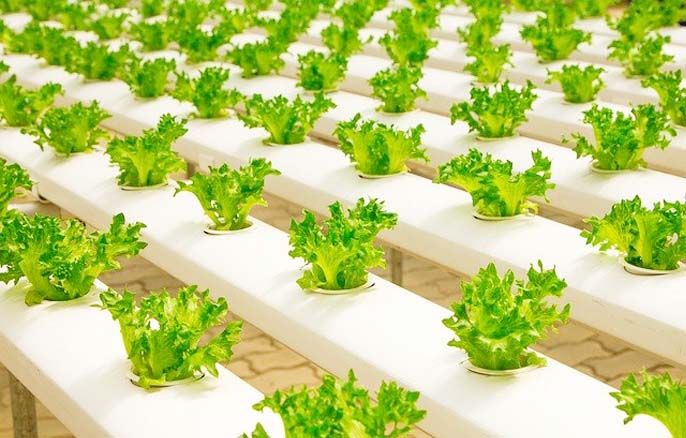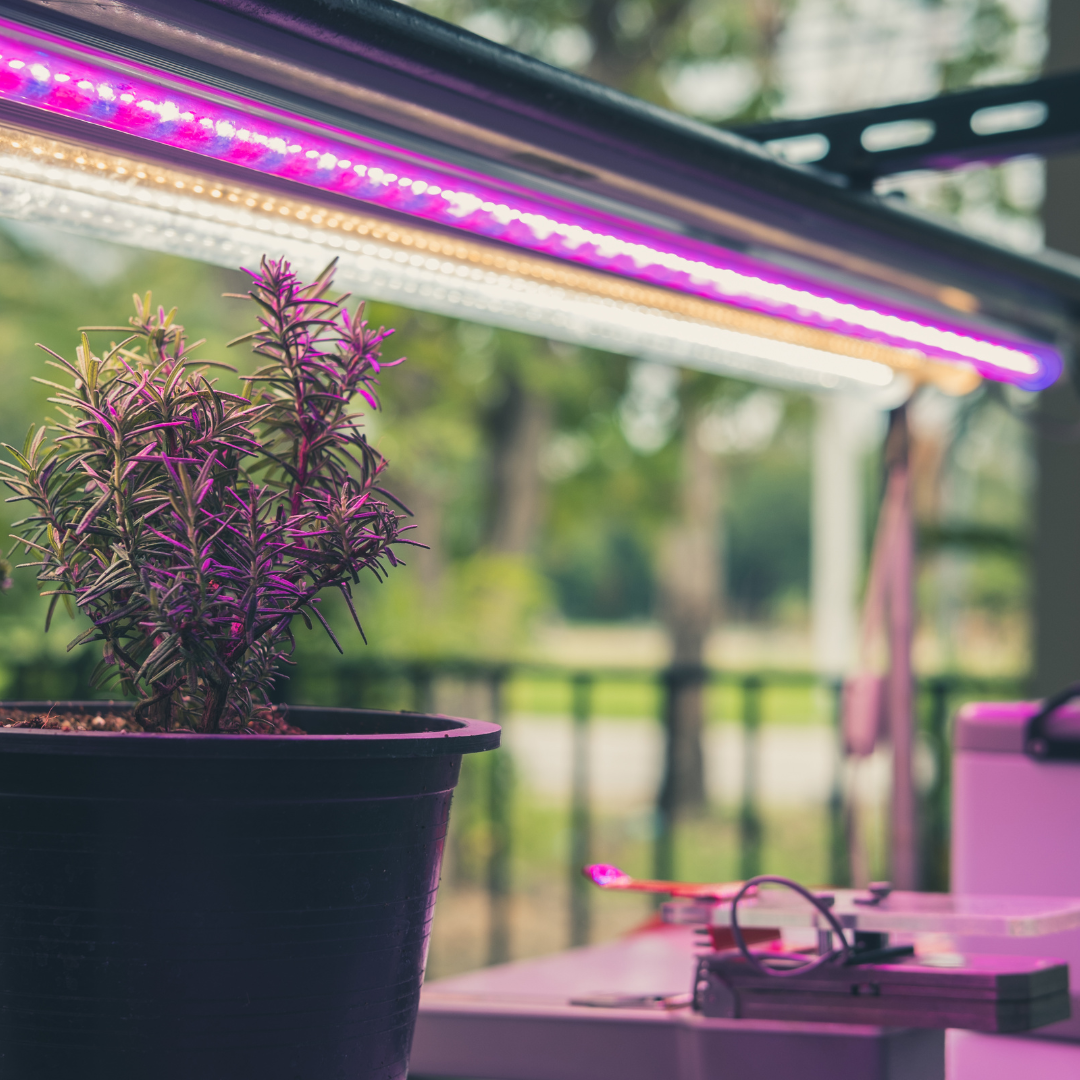Hydroponic gardening is a great way to grow plants without soil but it can be labor-intensive. Automating your hydroponic system can significantly reduce the time and effort needed for maintenance, allowing you to enjoy the benefits of fresh produce with less hassle.

In this guide, we’ll walk you through the steps to automate your hydroponic system, making it more efficient and easier to manage.
Understanding Hydroponic Automation

What is Hydroponic Automation?
Hydroponic automation involves using technology to control and manage various aspects of your hydroponic garden. This includes regulating water levels, nutrient distribution, lighting, and environmental conditions.
Automation can help ensure your plants receive the right amount of water, nutrients, and light at the right times, leading to healthier growth and higher yields.
Benefits of Automating Your Hydroponic System
Automating your hydroponic system offers several benefits:
- Reduced Maintenance: Automation reduces the need for manual intervention, saving you time and effort with easy maintenance
- Consistent Results: Automated systems provide consistent care, leading to better plant health and growth.
- Improved Efficiency: Automation can optimize resource use, such as water and nutrients, reducing waste.
- Convenience: With automated systems, you can monitor and control your garden remotely, making it easier to manage.
Essential Components of an Automated Hydroponic System

Timers
Timers are essential for controlling the operation of pumps, lights, and other devices. They allow you to set specific times for watering, lighting, and feeding your plants.
Digital timers are more precise and offer more programming options compared to mechanical timers.
Pumps
Pumps are used to circulate water and nutrients in your hydroponic system. Submersible pumps are commonly used in hydroponics, and they can be easily automated with timers.
Make sure to choose a pump that is suitable for the size of your system.
Sensors
Sensors are crucial for monitoring various environmental factors in your hydroponic garden. Key sensors to consider include:
- pH Sensors: Monitor the pH level of your nutrient solution to ensure it stays within the optimal range for plant growth.
- EC Sensors: Measure the electrical conductivity of the nutrient solution, which indicates the concentration of nutrients.
- Temperature Sensors: Keep track of the temperature of the nutrient solution and the growing environment.
- Humidity Sensors: Monitor the humidity levels to maintain a suitable environment for your plants.
Controllers
Controllers are the brains of your automated hydroponic system. They receive data from sensors and make adjustments based on pre-set parameters.
Controllers can manage multiple aspects of your system, such as nutrient dosing, lighting schedules, and environmental conditions.
Automated Nutrient Dosing Systems
Automated nutrient dosing systems ensure your plants receive the right amount of nutrients at the right time. These systems use sensors to monitor nutrient levels and automatically add the required nutrients to the water.
This helps maintain optimal nutrient concentrations and reduces the risk of over- or under-feeding your plants.
Automated Lighting Systems

Lighting is crucial for plant growth in hydroponic systems, especially if you are growing indoors. Automated lighting systems use timers and controllers to regulate the duration and intensity of light your plants receive.
You can program these systems to mimic natural daylight cycles, promoting healthy growth.
Setting Up Your Automated Hydroponic System
Choosing the Right Equipment
Before setting up your automated hydroponic system, you’ll need to choose the right equipment. Consider the size of your garden, the types of plants you are growing, and your budget.
Invest in high-quality components to ensure reliability and durability.
Installing Timers and Controllers
Start by installing timers and controllers for your pumps, lights, and other devices. Follow the manufacturer’s instructions for proper installation and setup.
Make sure to set the timers and controllers according to your plants’ needs and growing schedule.
Integrating Sensors
Next, sensors are installed to monitor pH, EC, temperature, and humidity levels. Place the sensors in appropriate locations to get accurate readings.
Connect the sensors to your controller, ensuring they are properly calibrated.
Setting Up Automated Nutrient Dosing
Install an automated nutrient dosing system to maintain optimal nutrient levels. Follow the manufacturer’s guidelines for setup and calibration.
Program the system to dose nutrients based on the data received from the sensors.
Automating Lighting
Set up your automated lighting system by installing grow lights and connecting them to timers or controllers. Program the lighting schedule to match your plants’ light requirements.
Make sure to adjust the light intensity and duration as your plants grow.
Monitoring and Maintaining Your Automated System

Regular Checks
Even with automation, regular checks are essential to ensure everything is functioning correctly. Inspect your sensors, pumps, and controllers regularly to identify any issues. Check the nutrient levels and pH balance to prevent any imbalances.
Calibrating Sensors
Sensors need to be calibrated periodically to maintain accuracy. Follow the manufacturer’s instructions for calibration and adjust the sensors as needed. This will help ensure your automated system provides reliable data for optimal plant growth.
Cleaning and Maintenance
Keep your hydroponic system clean to prevent algae growth and clogging. Clean the pumps, sensors, and nutrient reservoirs regularly. Check for any signs of wear and tear and replace faulty components promptly.
Troubleshooting Common Issues
Pump Failures
If your pump stops working, check the power supply and connections. Make sure the pump is not clogged or damaged. If necessary, replace the pump with a new one.
Sensor Malfunctions
If your sensors are giving inaccurate readings, recalibrate them. Check for any physical damage or debris that may be affecting their performance. Replace faulty sensors to ensure accurate monitoring.
Nutrient Imbalances
If your plants show signs of nutrient deficiencies or toxicities, check the nutrient dosing system. Ensure it is dispensing the correct amounts of nutrients. Adjust the nutrient levels based on the data from your sensors.
Advanced Automation Options

Remote Monitoring and Control
Advanced automation systems offer remote monitoring and control capabilities. You can use smartphone apps or web interfaces to check the status of your hydroponic garden and make adjustments from anywhere. This adds an extra layer of convenience and peace of mind.
Integration with Smart Home Systems
Integrate your hydroponic system with smart home systems for enhanced automation. You can use voice commands or smart assistants to control your garden. This allows for seamless integration with other smart devices in your home.
Custom Automation Solutions
For large-scale hydroponic operations, consider custom automation solutions. These systems can be tailored to your specific needs and provide advanced features such as predictive analytics and automated climate control. Custom solutions offer greater flexibility and scalability for commercial growers.
Conclusion
Automating your hydroponic system can greatly reduce maintenance and improve the efficiency of your garden. By using timers, pumps, sensors, controllers, and automated nutrient and lighting systems, you can ensure your plants receive optimal care with minimal effort.
Regular monitoring and maintenance are still essential to keep your system running smoothly.
Advanced automation options, such as remote monitoring and smart home integration, can further enhance the convenience and effectiveness of your hydroponic garden.
Embrace automation to enjoy a thriving hydroponic garden with less hassle and more productivity.
